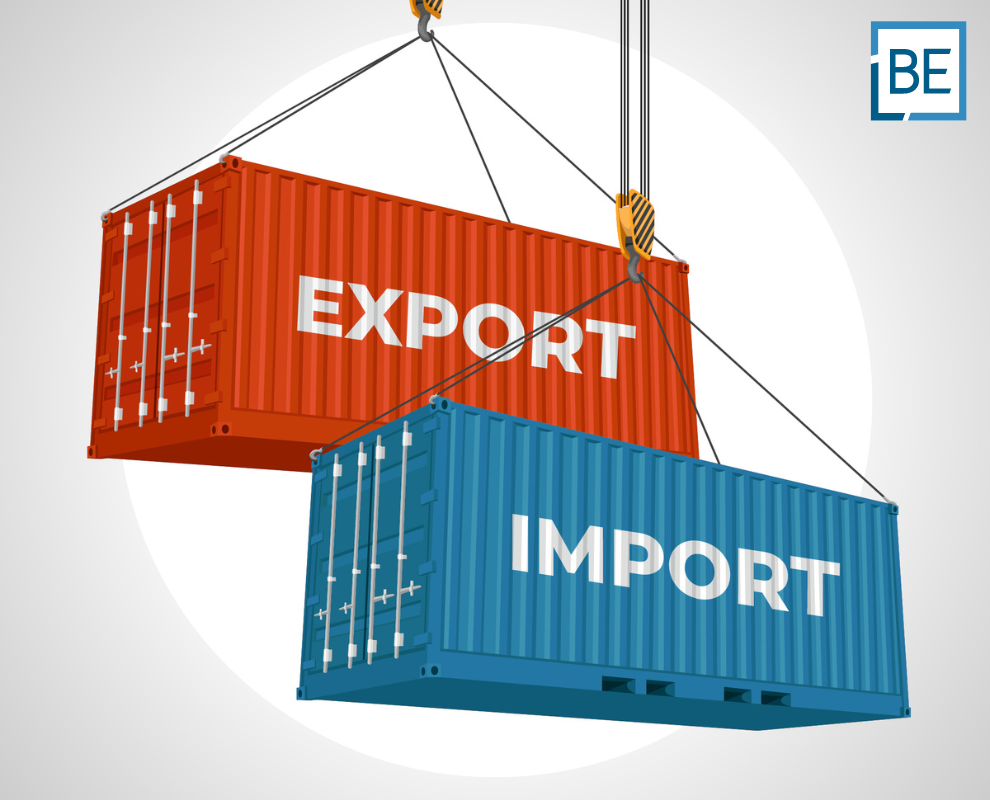
Uganda’s main imported goods
Uganda is a landlocked country in East Africa that relies heavily on imported goods to meet its economic and consumer needs. The country’s import profile reflects its focus on industrial growth, infrastructure development, and consumer demand. Below is an overview of Uganda’s main imported goods.
1. Machinery and Equipment
Machinery, including electrical and non-electrical equipment, is one of Uganda’s top imports. These items are essential for industrial operations, construction, and agricultural modernization. Specific imports in this category include tractors, industrial machines, pumps, and generators. This demand is fueled by Uganda’s efforts to boost manufacturing and industrialization.
2. Petroleum Products
Uganda heavily imports refined petroleum products such as gasoline, diesel, and kerosene, as the country lacks sufficient refining capacity. These fuels are crucial for transportation, energy production, and powering machinery. The reliance on imported petroleum contributes significantly to Uganda’s trade deficit.
3. Vehicles and Automotive Parts
The country imports a substantial number of motor vehicles, including cars, trucks, buses, and motorcycles. Automotive parts and accessories are also imported to maintain and repair vehicles. With increasing urbanization and infrastructure development, the demand for vehicles continues to grow.
4. Consumer Goods
Consumer goods such as electronics, household items, and clothing form a significant portion of Uganda’s imports. These items cater to the growing middle class and urban population. Smartphones, televisions, and kitchen appliances are particularly popular among Ugandan consumers.
5. Pharmaceuticals and Medical Supplies
Pharmaceuticals and medical equipment are critical imports to support Uganda’s healthcare system. With limited local production, the country depends on foreign suppliers for essential medicines, vaccines, and diagnostic tools.
6. Chemicals and Fertilizers
Chemicals, including industrial chemicals and agricultural fertilizers, are vital imports. Fertilizers, herbicides, and pesticides are crucial for the agricultural sector, which is the backbone of Uganda’s economy. Industrial chemicals are used in manufacturing and processing industries.
7. Iron and Steel
Iron and steel products, including construction materials like rods, sheets, and beams, are heavily imported. These materials support Uganda’s infrastructure projects, such as road construction, bridges, and housing developments.
8. Food Products
Uganda imports food products such as rice, sugar, wheat, and cooking oil. Although the country has a strong agricultural base, it still relies on imports to meet domestic food demand and provide dietary diversity.
9. Electronics and ICT Equipment
With the growth of digital technology and telecommunication, Uganda imports a range of electronic goods, including computers, mobile phones, and network infrastructure. These imports are vital for supporting businesses, education, and communication.
10. Textiles and Apparel
Textiles and ready-made garments are another major import category. While Uganda has a small textile industry, most clothing and fabric requirements are met through imports, catering to the growing fashion and retail sector.
Key Trading Partners
Uganda sources its imports from countries such as China, India, Kenya, the United Arab Emirates, and Japan. These nations supply a wide range of goods, from machinery and electronics to consumer products and petroleum.
Challenges of Import Dependence
Uganda’s reliance on imports presents challenges such as trade deficits and vulnerability to global price fluctuations. High transportation costs due to the country’s landlocked status further exacerbate these issues. However, Uganda is working to reduce dependency by fostering local production and industrialization.
In conclusion, Uganda’s main imported goods reflect its priorities in industrialization, consumer needs, and infrastructure development. Addressing the challenges of import dependency while boosting local production remains key to achieving sustainable economic growth.




Leave a Reply